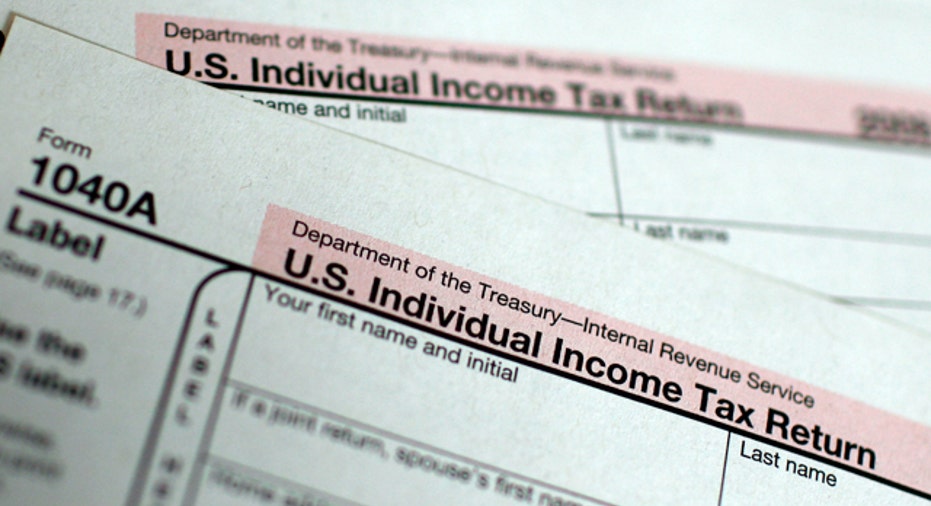Tax Valuation Guide for Donated Goods

As you clean out your closet or reorganize your household, be sure to keep track of the items you give to charity. It's your job, not the charity's, to report the value of the donation to the Internal Revenue Service.
Tax law now requires that all household items given to a charity must be in good or better condition. Those questionable items you donated in previous years and claimed were worth a few dollars because they were in fair condition are no longer acceptable.
Several computer software programs are available to help you figure the tax value of your goodwill. But many people still prefer to use pen and paper, jotting down the item and its worth as they are pulling it from the closet or dresser drawer. If that's your style, the following list will give you an idea of what your donated clothing and household goods are worth. It indicates fair market value for some common items as suggested in the Salvation Army's valuation guide.
Use the work sheets below to record your contributions and use them when you itemize your deductions.
You don't have to send in your list of donated items with your return. Simply keep the information with your personal tax records and put the total contribution amount on your Schedule A.
Also, be sure to get a receipt from the charity of your donated goods, again for your personal records. The nonprofit won't put a dollar value on this receipt, but it will help you prove that you did indeed donate the property if the IRS asks.
If you do make a single noncash gift worth between $250 and $500 (for example, you donate a vehicle), you will need that receipt or a written acknowledgment of your gift from the qualified charitable organization.
And if the total of all your contributed property comes to more than $500, you have to file IRS Form 8283 with your tax return.
Copyright 2012, Bankrate Inc.



















